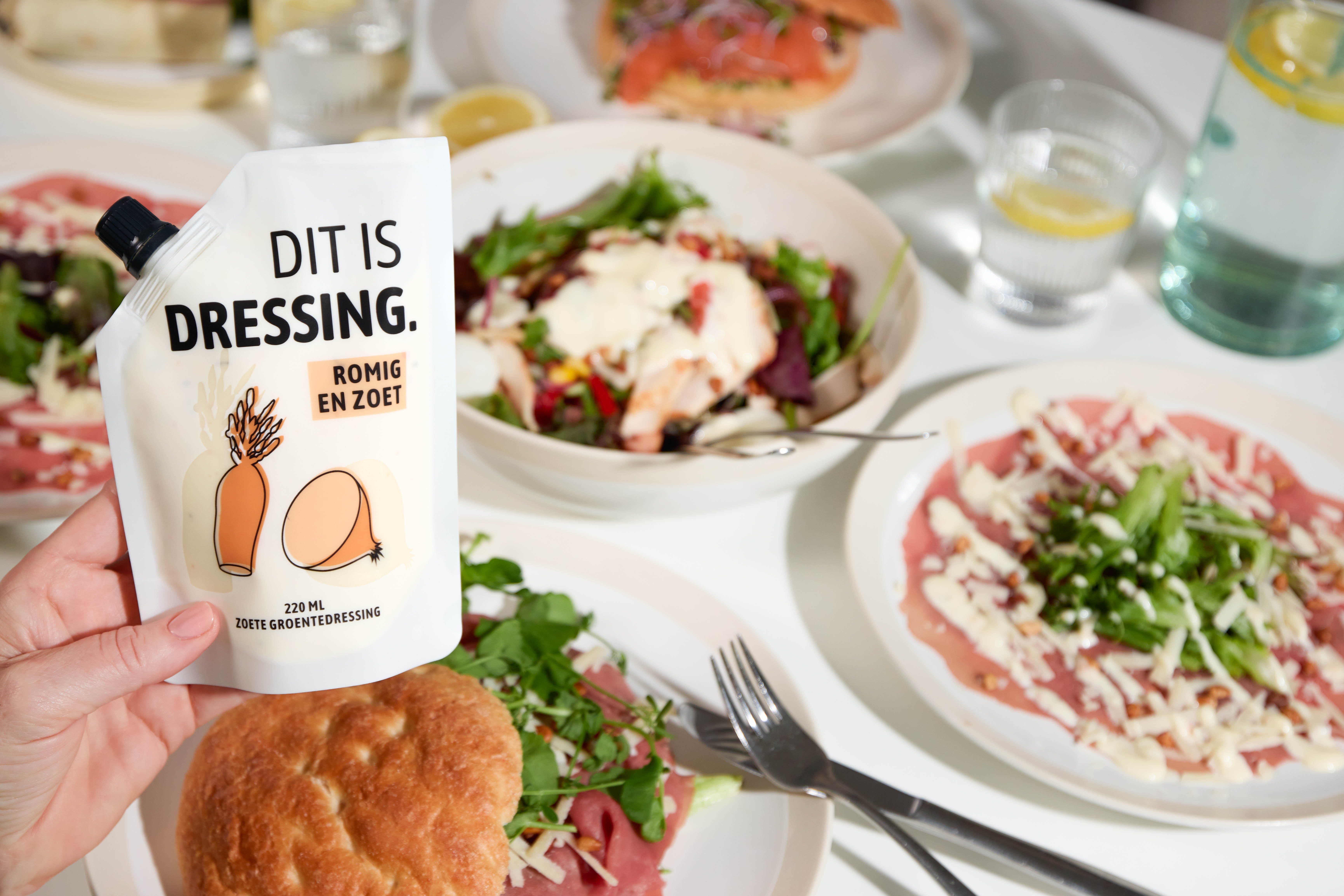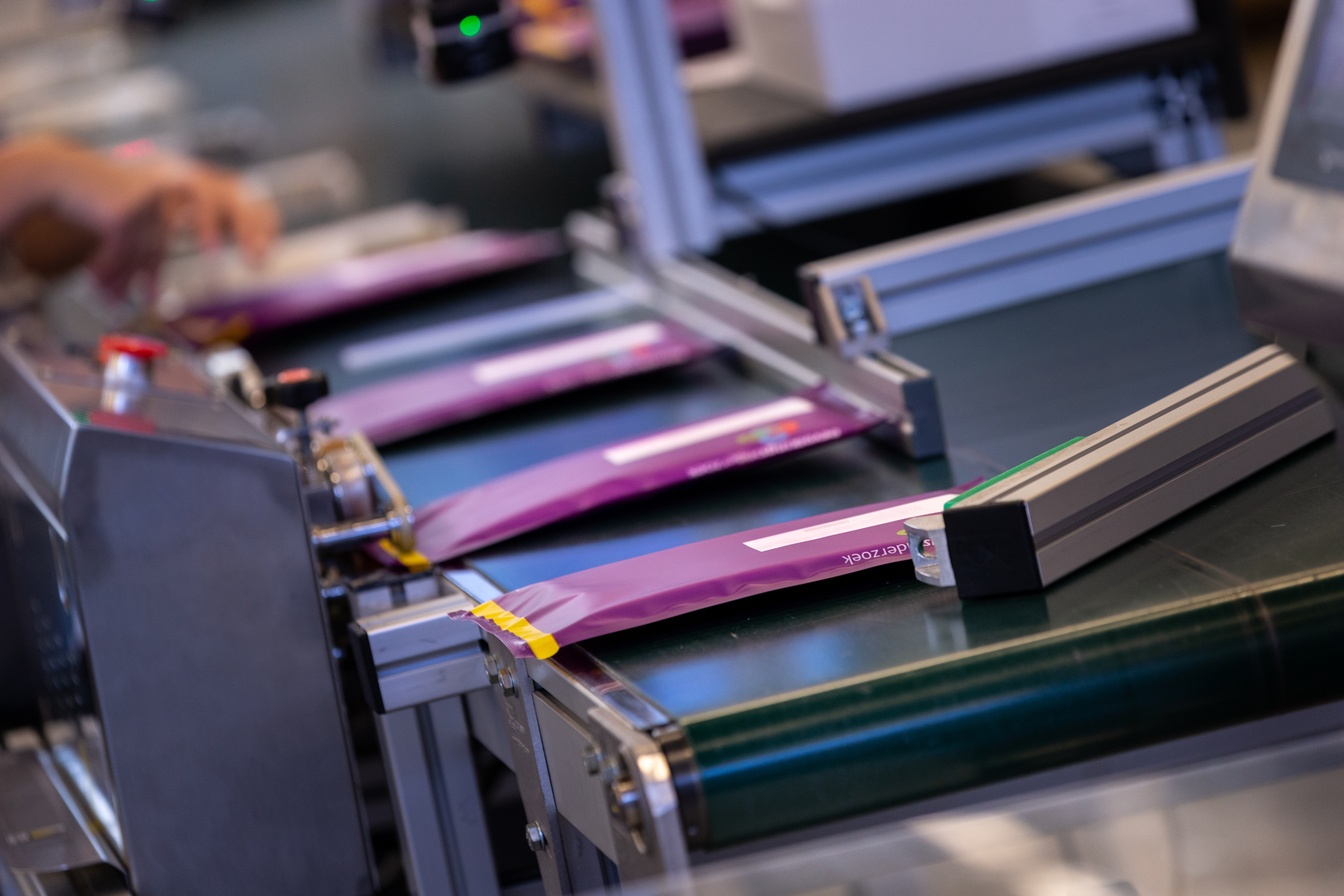

Introduction
In recent years, the conversation surrounding sustainability has surged to the forefront of global discourse. Amidst this dialogue, the importance of sustainable packaging has emerged as a critical topic. With environmental concerns escalating due to climate change and pollution, the question arises: how can education play a pivotal role in promoting awareness of green packing options? This article delves into the role of education in promoting awareness on green packing options, examining the various dimensions that encompass sustainable food packaging, sustainable packaging materials, and innovative solutions that contribute to a greener planet.
The Role of Education in Promoting Awareness on Green Packing Options
Education serves as the cornerstone for fostering understanding and promoting action regarding sustainable practices. By integrating sustainability into educational curricula at all levels—from primary schools to universities—individuals can cultivate an informed perspective about sustainable packaging solutions.
Understanding Sustainable Packaging
What is Sustainable Packaging?
Sustainable packaging refers to the custom food packaging use of materials and designs that minimize environmental impact while ensuring product safety and integrity. It encompasses various approaches, including:
- Sustainable Food Packaging: Emphasizes materials that are biodegradable or recyclable. Sustainable Cosmetic Packaging: Focuses on using eco-friendly materials for beauty products. Sustainable Skincare Packaging: Incorporates sustainable practices in personal care product containers.
By educating students about these concepts, they become more aware of their choices as consumers and future industry leaders.
Importance of Sustainable Packaging Solutions
Why is Sustainable Packaging Important?
The importance of sustainable packaging cannot be overstated. It contributes significantly to reducing waste, conserving resources, and minimizing pollution. Understanding its importance is crucial for individuals who aspire to engage with sustainable practices actively.
Environmental Impact: Sustainable packaging helps reduce landfill waste and lowers carbon emissions associated with production processes. Consumer Demand: As consumers become increasingly eco-conscious, companies are compelled to adopt greener practices. Regulatory Compliance: Governments worldwide are imposing regulations on packaging waste, making it imperative for businesses to adapt.Educational Initiatives for Sustainable Practices
Integrating Sustainability into Curricula
Schools and universities have a unique opportunity to incorporate lessons on sustainability into their curricula. This can be achieved through:
- Workshops focused on sustainable design principles. Case studies exploring successful sustainable packaging companies. Collaborations with local businesses engaged in eco-friendly practices.
Through these initiatives, students can grasp the relevance and application of sustainable practices in real-world scenarios.
Exploring Sustainable Packaging Materials
Types of Sustainable Packaging Materials
Understanding various types of sustainable materials is essential for anyone looking to adopt greener practices. Here’s a quick overview:
| Material Type | Description | |-----------------------|---------------------------------------------------| | Biodegradable Plastics | Decompose naturally without harming the environment | | Recycled Paper | Made from post-consumer waste | | Plant-Based Materials | Derived from renewable resources | | Glass | 100% recyclable and reusable |
These materials not only reduce environmental impact but also offer viable alternatives to traditional plastics.
Sustainable Packaging Companies Leading the Charge
Several companies Custom Packaging have emerged as leaders in providing innovative solutions for sustainable packaging:
EcoEnclose: Specializes in eco-friendly shipping supplies. Biopak: Offers compostable food service packaging. Pact Apparel: Focuses on sustainable clothing packaging.By highlighting these companies within educational frameworks, students gain insights into successful business models built around sustainability.
Innovative Sustainable Packaging Design Strategies
Creative Approaches to Sustainable Packaging Design
Design plays a crucial role in creating effective green packing options. Some creative strategies include:
- Minimalist Design: Reducing material usage while maintaining functionality. Modular Designs: Allowing consumers to reuse components. Edible Packaging: Innovations that enable consumers to consume the package itself.
These approaches not only enhance user experience but also instill a sense of responsibility toward environmental conservation.
Trends Shaping Sustainable Packaging Solutions
Keeping abreast of current trends is vital for anyone interested in the field of sustainable packaging:
Increased Use of Recyclable Materials Rise in Consumer Awareness Growth of E-commerce and Its Impact on PackagingThese trends underscore the dynamic nature of the industry and highlight opportunities for innovation within educational settings.
Challenges Facing Education in Promoting Awareness on Green Packing Options
Barriers to Effective Learning about Sustainability
Despite its significance, several challenges hinder effective education about green packing options:
Lack of Resources: Many schools lack adequate funding or resources to implement comprehensive programs focused on sustainability. Insufficient Training: Educators may require additional training to effectively teach sustainability concepts. Resistance to Change: Traditional mindsets can impede progress toward embracing new ideas about sustainability.Overcoming these barriers necessitates collaboration between educators, policymakers, and community stakeholders.
The Importance of Collaboration Among Stakeholders
Building Partnerships for Greater Impact
Collaboration among various stakeholders—educators, businesses, non-profits—can amplify efforts toward promoting awareness about green packing options:
Joint Initiatives: Schools partnering with local businesses can provide hands-on learning experiences related to sustainable practices. Community Workshops: Engaging community members through workshops enhances overall awareness and fosters collective action toward sustainability goals.This collaborative approach ensures that education extends beyond classrooms into communities at large.
FAQs About Green Packing Options
What are some examples of sustainable food packaging?
Sustainable food packaging includes materials like recycled paper boxes, compostable bioplastics, glass jars, and plant-based films designed for fresh produce preservation.
How do I know if my cosmetic products are packaged sustainably?
Look for certifications such as "cruelty-free" or "biodegradable," as well as information from brands regarding their sourcing practices and recycling initiatives.
Why should small businesses consider adopting sustainable packaging?
Adopting sustainable packaging can enhance brand reputation, attract eco-conscious customers, comply with regulations, reduce costs over time through efficiency gains, and contribute positively towards environmental goals.
Are there specific suppliers dedicated solely to sustainable cosmetic packaging?
Yes! There are numerous suppliers specializing in eco-friendly cosmetic containers made from recycled or biodegradable materials which cater specifically to beauty brands focused on sustainability.
How does e-commerce impact sustainable packaging trends?
E-commerce has prompted a surge in demand for efficient yet eco-friendly shipping solutions leading many companies towards adopting recyclable or reusable shipping materials which minimizes waste during transit.
Can education truly influence consumer behavior towards sustainability?
Absolutely! With proper education emphasizing real-world applications and consequences associated with unsustainable habits—consumers often become motivated advocates for green practices influencing broader societal shifts towards sustainability!
Conclusion
In conclusion, education plays an invaluable role in fostering awareness around green packing options by equipping individuals with knowledge about sustainable practices while inspiring proactive engagement towards environmentally friendly behaviors within their communities—a necessity given today’s pressing ecological challenges! As we continue navigating this complex landscape filled with opportunities (and responsibilities), let us embrace education as our most powerful tool toward realizing a more sustainable future where green packing options aren’t just ideals but integral parts woven into everyday life!
This article serves as a comprehensive exploration into how education influences perceptions around environmentally conscious choices—specifically focused upon “The Role Of Education In Promoting Awareness On Green Packing Options.” By investing time into understanding these facets—the path forward becomes clearer; one where informed decisions lead not only individual benefits but collective advancements toward preserving our precious planet!